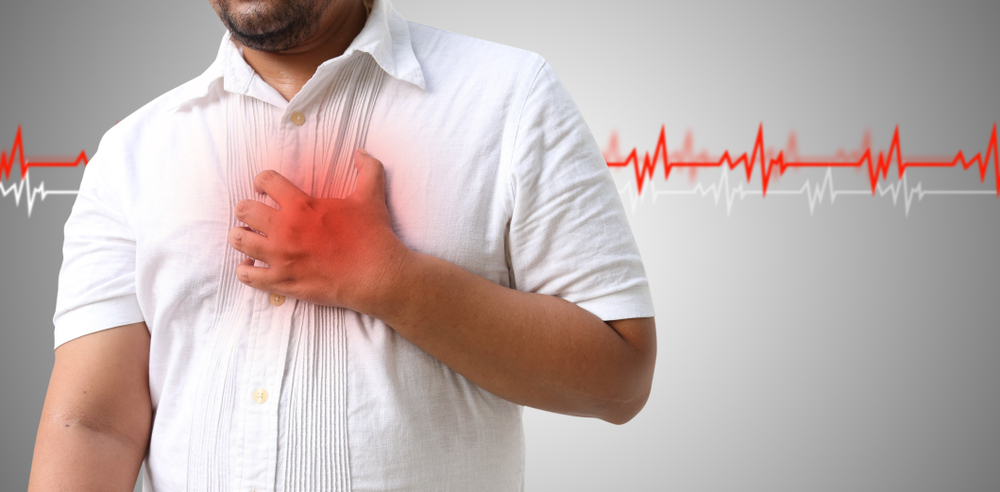Sometimes, high blood pressure doesn’t present any signs therefore giving it the name, “Silent Disease”. In cases where high blood pressure is not detected and treated accordingly, it may develop into severe health issues such as, Damage to the heart, brain, eyes and kidney, stroke, dementia, blindness.
Physicians recommend that adults regularly check their blood to guard against potential health problems.
You should seek medical attention or call your doctor if:
- Your blood pressure is much higher than normal (such as 180/110 or higher).
- You have symptoms, such as fatigue, nausea, shortness of breath, lightheadedness, headache, excessive sweating, palpitations or irregular heartbeats, problems with your vision, or confusion.
- You aren’t responding to the treatment your doctor prescribed and your blood pressure is still high.

The following table, from the American Heart Association (AHA) shows the classification of high blood pressure in adults:
| Normal Blood Pressure | Elevated Blood Pressure | Stage 1 Hypertension | Stage 2 Hypertension | Hypertensive Crisis | |
| Systolic Blood Pressure | Less than 120 mm Hg | 120 -129 mm Hg | 130 -139 mm Hg | 140 mm Hg or higher | 180 mm Hg or higher |
| Diastolic Blood Pressure | Less than 80 mm Hg | Less than 80 mm Hg | 80 -89 mm Hg | 90 mm Hg or higher | 120 mm Hg or higher |
You cannot rely on only physical symptoms to alert you of high blood pressure. To monitor your blood pressure, you need to measure your blood pressure regularly and this can be done at home.
Blood pressure readings are in millimeters of mercury (mm Hg). The top number (systolic) indicates the pressure in the arteries as the heartbeats. The lower number (diastolic) indicates the pressure as the heart rests between beats.
If you have any concerns about your condition, don’t hesitate to call your doctor.

